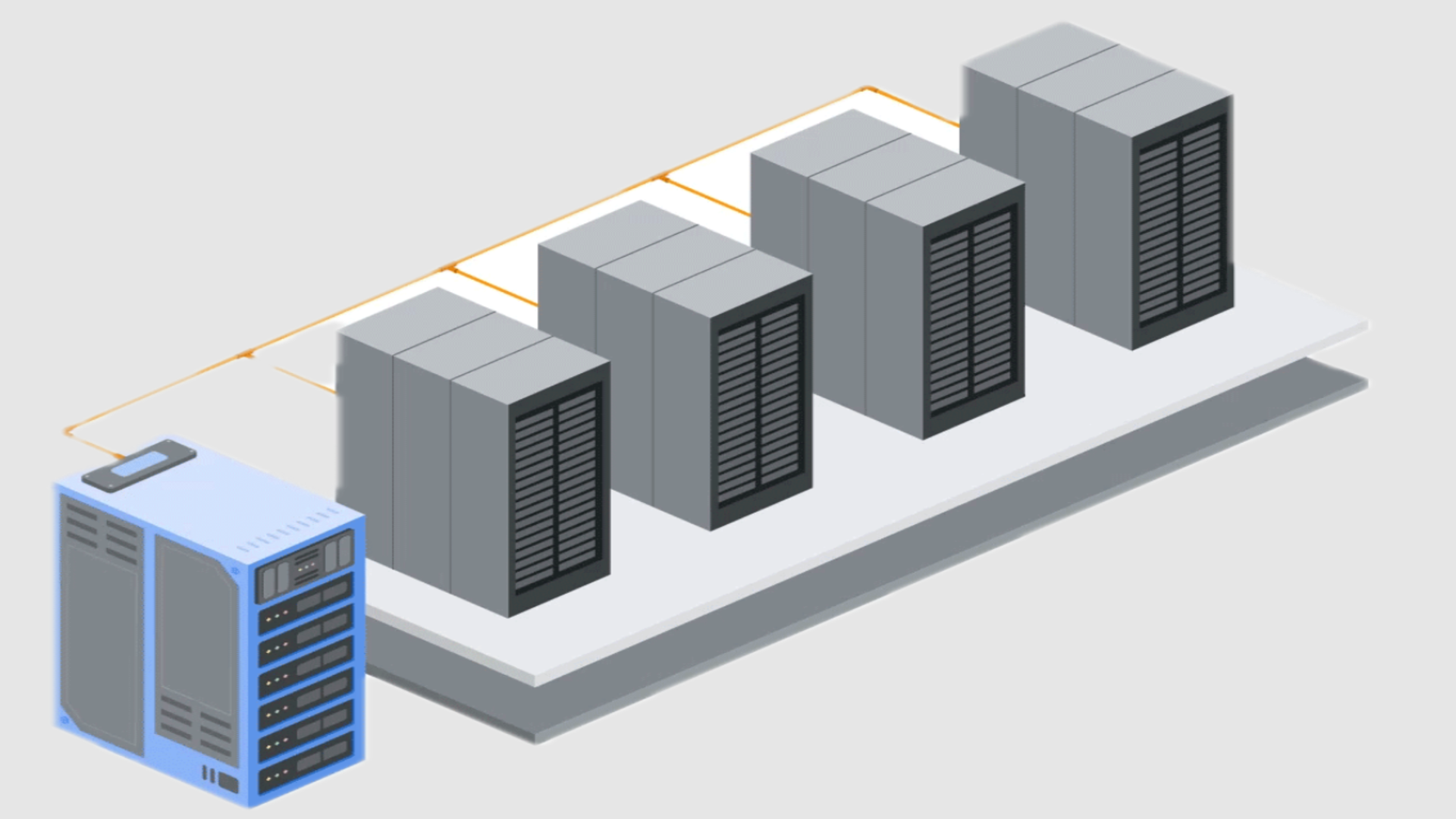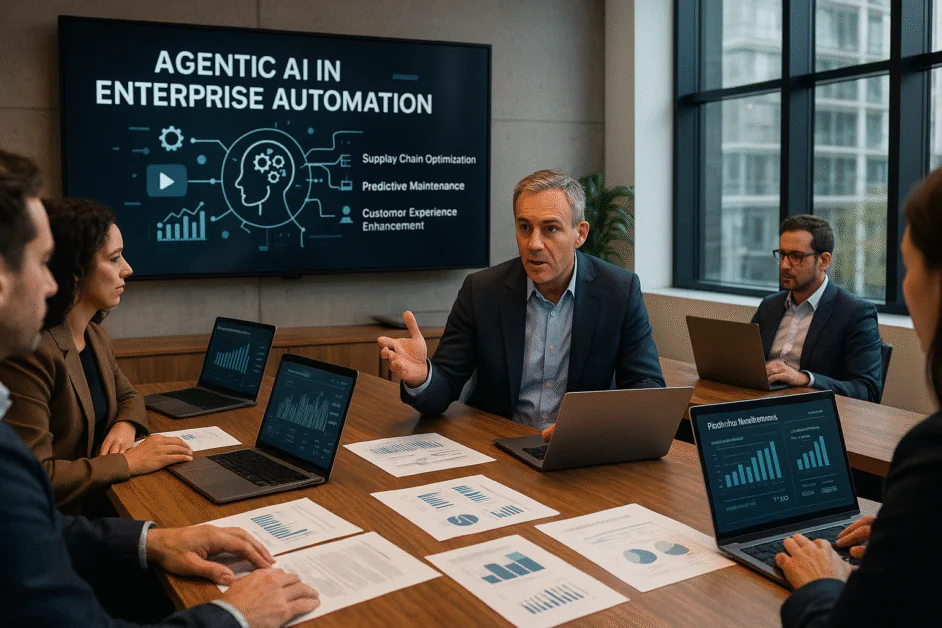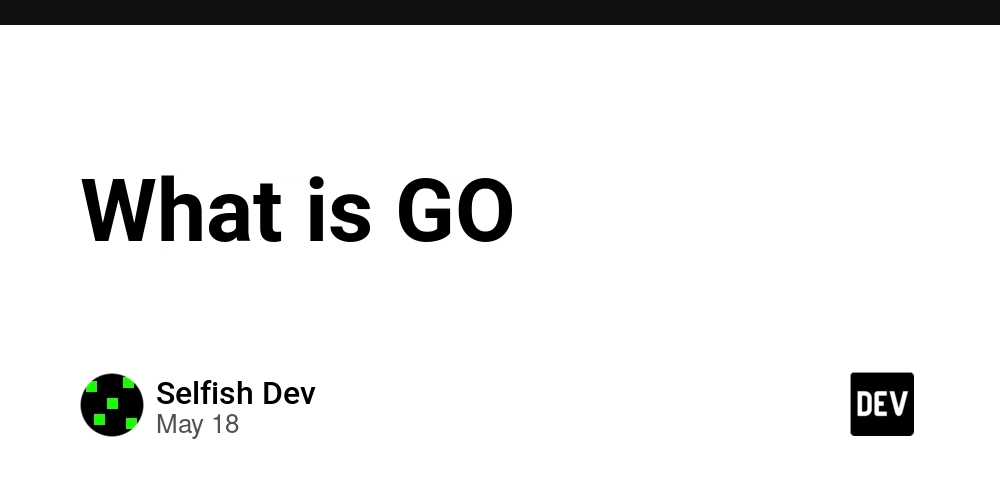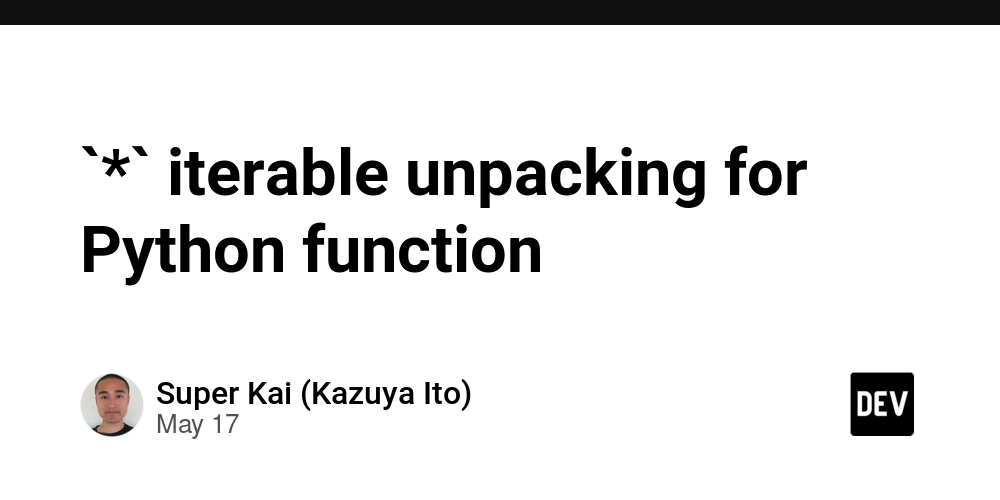The process of creating an effective Application Security Program: Strategies, methods, and Tools for Optimal outcomes
To navigate the complexity of contemporary software development requires a robust, multifaceted approach to application security (AppSec) that goes beyond the simple scanning of vulnerabilities and remediation. A proactive, holistic strategy is required to integrate security into every stage of development. The ever-changing threat landscape and increasing complexity of software architectures are driving the need for a proactive and comprehensive approach. gen ai tools for appsec This comprehensive guide delves into the most important components, best practices, and the latest technologies that make up a highly effective AppSec program that empowers organizations to secure their software assets, reduce risks, and foster an environment of security-first development. The underlying principle of the success of an AppSec program is an essential shift in mentality that sees security as a crucial part of the process of development, rather than an afterthought or separate undertaking. agentic ai in application security This paradigm shift requires close collaboration between security personnel as well as developers and operations personnel, removing silos and fostering a shared conviction for the security of the software that they design, deploy and maintain. DevSecOps lets companies integrate security into their process of development. This ensures that security is addressed throughout the process beginning with ideation, design, and deployment through to the ongoing maintenance. Central to this collaborative approach is the formulation of clear security guidelines that include standards, guidelines, and policies that establish a framework for secure coding practices, risk modeling, and vulnerability management. The policies must be based on industry-standard practices, such as the OWASP Top Ten, NIST guidelines and the CWE (Common Weakness Enumeration) and take into consideration the specific requirements and risk profile of the particular application and business environment. https://www.linkedin.com/posts/mcclurestuart_the-hacking-exposed-of-appsec-is-qwiet-ai-activity-7272419181172523009-Vnyv By codifying these policies and making them easily accessible to all interested parties, organizations can guarantee a consistent, common approach to security across all applications. To make these policies operational and make them relevant to developers, it's important to invest in thorough security training and education programs. These initiatives should aim to provide developers with the expertise and knowledge required to create secure code, detect vulnerable areas, and apply best practices for security throughout the development process. Training should cover a broad array of subjects, from secure coding techniques and common attack vectors to threat modelling and design for secure architecture principles. Companies can create a strong base for AppSec by fostering a culture that encourages continuous learning and giving developers the tools and resources that they need to incorporate security in their work. Alongside training, organizations must also implement rigorous security testing and validation procedures to discover and address vulnerabilities before they can be exploited by criminals. This requires a multi-layered strategy that incorporates static and dynamic techniques for analysis as well as manual code reviews as well as penetration testing. The development phase is in its early phases static Application Security Testing tools (SAST) can be utilized to detect vulnerabilities like SQL Injection, cross-site scripting (XSS) and buffer overflows. Dynamic Application Security Testing tools (DAST) on the other hand, can be used for simulated attacks against applications in order to identify vulnerabilities that might not be discovered through static analysis. These automated testing tools are extremely useful in discovering vulnerabilities, but they aren't the only solution. Manual penetration testing by security experts is equally important in identifying business logic-related weaknesses that automated tools might fail to spot. Combining automated testing with manual validation, organizations can gain a better understanding of their application's security status and prioritize remediation efforts based on the potential severity and impact of vulnerabilities that are identified. Businesses should take advantage of the latest technologies like artificial intelligence and machine learning to enhance their capabilities in security testing and vulnerability assessment. AI-powered tools are able look over large amounts of data from applications and code to identify patterns and irregularities that may signal security concerns. They also learn from vulnerabilities in the past and attack patterns, continually improving their ability to detect and avoid emerging threats. Code property graphs are an exciting AI application that is currently in AppSec. They are able to spot and fix vulnerabilities more a

To navigate the complexity of contemporary software development requires a robust, multifaceted approach to application security (AppSec) that goes beyond the simple scanning of vulnerabilities and remediation. A proactive, holistic strategy is required to integrate security into every stage of development. The ever-changing threat landscape and increasing complexity of software architectures are driving the need for a proactive and comprehensive approach. gen ai tools for appsec This comprehensive guide delves into the most important components, best practices, and the latest technologies that make up a highly effective AppSec program that empowers organizations to secure their software assets, reduce risks, and foster an environment of security-first development.
The underlying principle of the success of an AppSec program is an essential shift in mentality that sees security as a crucial part of the process of development, rather than an afterthought or separate undertaking. agentic ai in application security This paradigm shift requires close collaboration between security personnel as well as developers and operations personnel, removing silos and fostering a shared conviction for the security of the software that they design, deploy and maintain. DevSecOps lets companies integrate security into their process of development. This ensures that security is addressed throughout the process beginning with ideation, design, and deployment through to the ongoing maintenance.
Central to this collaborative approach is the formulation of clear security guidelines that include standards, guidelines, and policies that establish a framework for secure coding practices, risk modeling, and vulnerability management. The policies must be based on industry-standard practices, such as the OWASP Top Ten, NIST guidelines and the CWE (Common Weakness Enumeration) and take into consideration the specific requirements and risk profile of the particular application and business environment. https://www.linkedin.com/posts/mcclurestuart_the-hacking-exposed-of-appsec-is-qwiet-ai-activity-7272419181172523009-Vnyv By codifying these policies and making them easily accessible to all interested parties, organizations can guarantee a consistent, common approach to security across all applications.
To make these policies operational and make them relevant to developers, it's important to invest in thorough security training and education programs. These initiatives should aim to provide developers with the expertise and knowledge required to create secure code, detect vulnerable areas, and apply best practices for security throughout the development process. Training should cover a broad array of subjects, from secure coding techniques and common attack vectors to threat modelling and design for secure architecture principles. Companies can create a strong base for AppSec by fostering a culture that encourages continuous learning and giving developers the tools and resources that they need to incorporate security in their work.
Alongside training, organizations must also implement rigorous security testing and validation procedures to discover and address vulnerabilities before they can be exploited by criminals. This requires a multi-layered strategy that incorporates static and dynamic techniques for analysis as well as manual code reviews as well as penetration testing. The development phase is in its early phases static Application Security Testing tools (SAST) can be utilized to detect vulnerabilities like SQL Injection, cross-site scripting (XSS) and buffer overflows. Dynamic Application Security Testing tools (DAST) on the other hand, can be used for simulated attacks against applications in order to identify vulnerabilities that might not be discovered through static analysis.
These automated testing tools are extremely useful in discovering vulnerabilities, but they aren't the only solution. Manual penetration testing by security experts is equally important in identifying business logic-related weaknesses that automated tools might fail to spot. Combining automated testing with manual validation, organizations can gain a better understanding of their application's security status and prioritize remediation efforts based on the potential severity and impact of vulnerabilities that are identified.
Businesses should take advantage of the latest technologies like artificial intelligence and machine learning to enhance their capabilities in security testing and vulnerability assessment. AI-powered tools are able look over large amounts of data from applications and code to identify patterns and irregularities that may signal security concerns. They also learn from vulnerabilities in the past and attack patterns, continually improving their ability to detect and avoid emerging threats.
Code property graphs are an exciting AI application that is currently in AppSec. They are able to spot and fix vulnerabilities more accurately and efficiently. CPGs are a comprehensive, conceptual representation of an application's source code, which captures not just the syntactic architecture of the code but as well the intricate relationships and dependencies between different components. By harnessing the power of CPGs AI-driven tools, they can conduct a deep, contextual analysis of an application's security position, identifying vulnerabilities that may be overlooked by static analysis methods.
CPGs are able to automate the process of remediating vulnerabilities by applying AI-powered techniques to repairs and transformations to code. AI algorithms are able to produce targeted, contextual solutions by studying the semantic structure and the nature of vulnerabilities that are identified. This permits them to tackle the root causes of an issue rather than treating the symptoms. This method is not just faster in the process of remediation, but also minimizes the risk of breaking functionality or creating new vulnerability.
Integration of security testing and validating to the continuous integration/continuous delivery (CI/CD) pipeline is another key element of a successful AppSec. Automating security checks, and integrating them into the build-and-deployment process allows companies to identify weaknesses early and stop them from reaching production environments. This shift-left approach to security allows for rapid feedback loops that speed up the time and effort required to detect and correct issues.
To reach the required level, they need to invest in the proper tools and infrastructure that can aid their AppSec programs. Not only should the tools be utilized for security testing, but also the platforms and frameworks which allow integration and automation. learn AI basics Containerization technologies such as Docker and Kubernetes play a crucial role in this respect, as they provide a repeatable and reliable setting for testing security as well as separating vulnerable components.
Effective communication and collaboration tools are as crucial as the technical tools for establishing an environment of safety, and helping teams work efficiently in tandem. Jira and GitLab are systems for tracking issues which can assist teams in managing and prioritize security vulnerabilities. Tools for messaging and chat like Slack and Microsoft Teams facilitate real-time knowledge sharing and communications between security experts.
The performance of an AppSec program is not solely on the tools and technologies used, but also on employees and processes that work to support the program. To build a culture of security, it is essential to have a leadership commitment to clear communication, as well as an effort to continuously improve. By creating a culture of shared responsibility for security, encouraging open discussion and collaboration, while also providing the necessary resources and support, organizations can create a culture where security is not just a checkbox but an integral component of the development process.
To ensure long-term viability of their AppSec program, companies should also be focused on developing meaningful measures and key performance indicators (KPIs) to measure their progress and identify areas to improve. These indicators should cover the entire lifecycle of applications, from the number of vulnerabilities discovered during the development phase to the duration required to address security issues, as well as the overall security posture of production applications. By constantly monitoring and reporting on these metrics, companies can prove the worth of their AppSec investments, spot trends and patterns and take data-driven decisions about where to focus on their efforts.
To keep up with the ever-changing threat landscape and emerging best practices, businesses require continuous learning and education. This could include attending industry conferences, participating in online training courses and collaborating with security experts from outside and researchers to stay abreast of the most recent developments and methods. Through fostering a culture of continuous learning, companies can assure that their AppSec program remains adaptable and resilient in the face of new challenges and threats.
It is important to realize that security of applications is a continuous process that requires a sustained investment and commitment. how to use agentic ai in appsec As new technologies develop and development methods evolve organisations must continuously review and update their AppSec strategies to ensure that they remain relevant and in line with their goals for business. By adopting a strategy of continuous improvement, encouraging collaboration and communication, as well as leveraging the power of new technologies like AI and CPGs, companies can create a strong, adaptable AppSec program that not only protects their software assets, but enables them to create with confidence in an increasingly complex and ad-hoc digital environment.https://www.linkedin.com/posts/mcclurestuart_the-hacking-exposed-of-appsec-is-qwiet-ai-activity-7272419181172523009-Vnyv









































































![iPhone 17 Air Could Get a Boost From TDK's New Silicon Battery Tech [Report]](https://www.iclarified.com/images/news/97344/97344/97344-640.jpg)
![Vision Pro Owners Say They Regret $3,500 Purchase [WSJ]](https://www.iclarified.com/images/news/97347/97347/97347-640.jpg)
![Apple Showcases 'Magnifier on Mac' and 'Music Haptics' Accessibility Features [Video]](https://www.iclarified.com/images/news/97343/97343/97343-640.jpg)
![Sony WH-1000XM6 Unveiled With Smarter Noise Canceling and Studio-Tuned Sound [Video]](https://www.iclarified.com/images/news/97341/97341/97341-640.jpg)


















![Upgrade your CarPlay experience in 2025 with Ottocast NanoAI and Mini Wireless [20% off]](https://i0.wp.com/9to5mac.com/wp-content/uploads/sites/6/2025/05/nano-ai-banner-pc.jpg?resize=1200%2C628&quality=82&strip=all&ssl=1)


















































































































































































































![[The AI Show Episode 147]: OpenAI Abandons For-Profit Plan, AI College Cheating Epidemic, Apple Says AI Will Replace Search Engines & HubSpot’s AI-First Scorecard](https://www.marketingaiinstitute.com/hubfs/ep%20147%20cover.png)
























![How to Enable Remote Access on Windows 10 [Allow RDP]](https://bigdataanalyticsnews.com/wp-content/uploads/2025/05/remote-access-windows.jpg)





















































































![[DEALS] The ChatGPT & AI Super Bundle (91% off) & Other Deals Up To 98% Off – Offers End Soon!](https://www.javacodegeeks.com/wp-content/uploads/2012/12/jcg-logo.jpg)












































![How to make Developer Friends When You Don't Live in Silicon Valley, with Iraqi Engineer Code;Life [Podcast #172]](https://cdn.hashnode.com/res/hashnode/image/upload/v1747360508340/f07040cd-3eeb-443c-b4fb-370f6a4a14da.png?#)




































































































